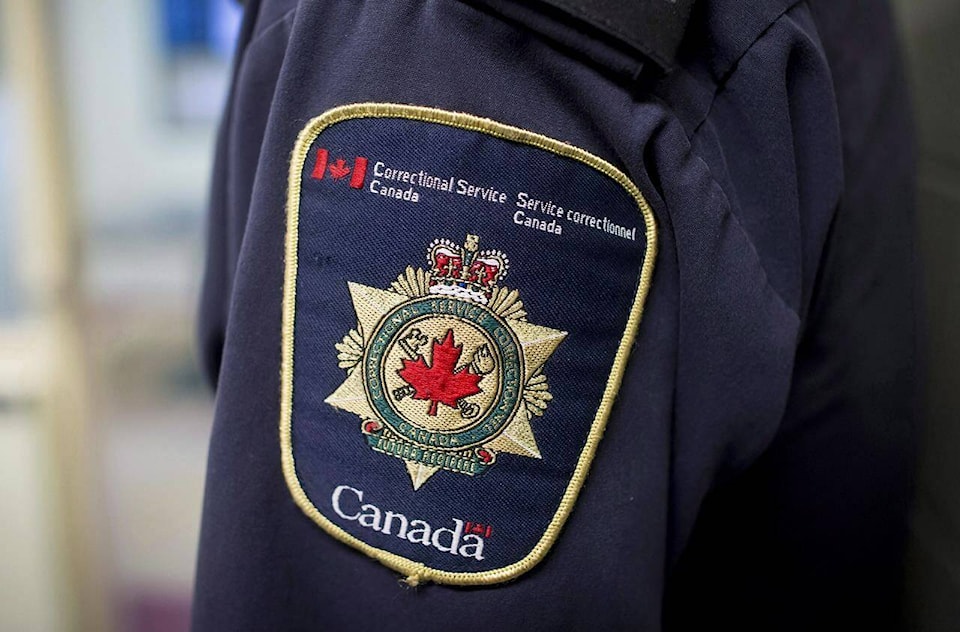B.C.’s representative for children and youth says the province has a “golden opportunity” to improve services for those in the criminal justice system as youth in custody rates have continued to drop over the last two decades.
The latest report from Jennifer Charlesworth’s office reveals a “gross under-utilization of scarce resources” from the Children and Family Development Ministry, despite the number of youth committing crimes and being sentenced dropping dramatically. The report was released Thursday (Jan. 25).
Charlesworth said youth crime rates – including those involving Indigenous youth – have been declining the past 20 years, but Indigenous youth are still over-represented. In 1997-98, there was an average of 93 Indigenous youth in custody each day, but in the last year it had dropped to eight.
On average in the last fiscal year, Charlesworth said there were only 15 youth in custody at the Prince George and Burnaby custody centres. Some days there were no youth in custody in Prince George.
She said there was a “relatively continuous” drop from more than 4,000 cases in 2000-2001, to around 800 in the last fiscal year – less than half of what it was 10 years ago.
While this is “especially welcome news amid the concerns we’ve seen more generally about street crime and random violence,” she added it’s now leading to an excess of resources being directed to an area that no longer needs them.
Since 2002, with the declining rate of youth in custody, five centres have been closed in B.C., including a facility in Victoria in 2014. Custody services for girls were centralized in Burnaby in 2012.
In 2022-23, the number of managers in the two youth custody centres – Prince George and Burnaby – was more than double the average youth, and the number of teachers funded and allocated was nearly the same as the average number of youth.
Charlesworth said there is an “extraordinary amount of unused capacity and wasted resources” when it comes to staffing. There was nearly 11 staff members for every youth in custody.
The Prince George facility has been operating at about $2.51 million per year, while the Burnaby centre is about $1.2 million a year. The cost per occupied bed in Prince George was nearly $7,000 a day.
READ MORE: B.C. to have just 1 youth custody centre after Prince George site closes
More recently, the province announced it would be closing the Prince George custody centre by March, 2024. Charlesworth said that decision was announced after it shared a preliminary draft of this report with Children and Family Development Ministry, but was done without the consultation of First Nations organizations or her office.
“The decision has been made without a plan in place for the reallocation of resources.”
Charlesworth said a major concern is that in the few cases where a young person in northern B.C. must be in custody, they will now be far away from their families and communities.
She said she’s been told the ministry is planning a holding unit in Prince George for youth needing to go to Burnaby, but Charlesworth is calling for a further step of retaining a six-bed temporary detention or open-custody unit that for short sentences.
“To do that the province can set aside reallocated funds from to provide intensive individually tailored services for for youth from the northern areas who would otherwise likely be committed to custody
The representative was clear that she wasn’t suggesting a cut in funding and services for children and youth, but instead wants a redeployment of excess capacity in the youth justice system to other areas that are “desperately wanting.”
“There’s no shortage of those.”
The report’s recommendations include conducting a comprehensive review youth custody, community youth justice and Youth Forensic Psychiatric Services resources, while also coming up with a plan for more efficient and effective use of resources.
The representative is calling for engagement and consultation to be completed by Oct. 31, 2024 and a detailed reallocation plan completed by March 31, 2025.
